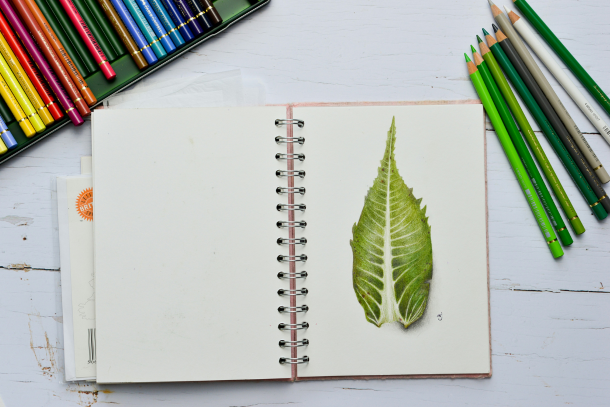Embracing Autumn: The Art of Seasonal Indoor Gardening
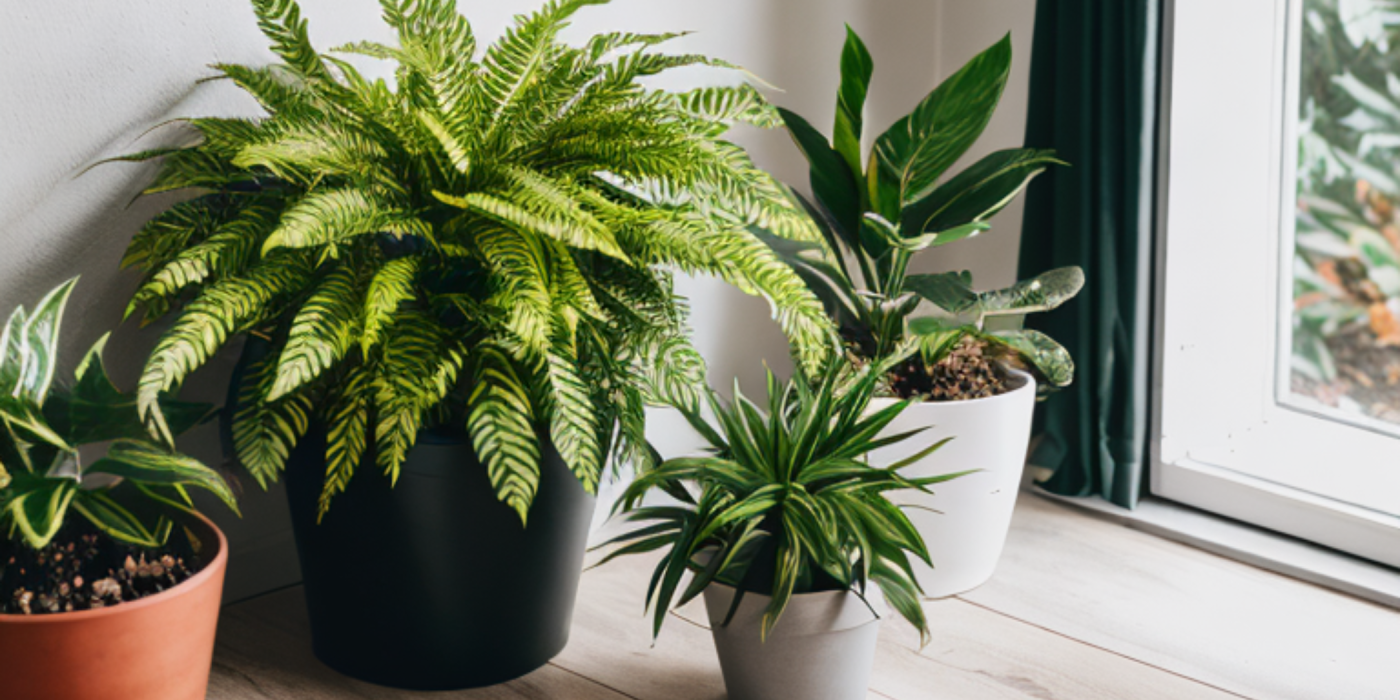
The shift in seasons isn't merely a change in weather patterns and daylight hours. It also signals a transformation in the plant kingdom. As the leaves turn shades of amber and gold outdoors, it's crucial that our indoor sanctuaries mirror this natural transition. This begins with our choice of house plants.
Adapting Plant Choices with the Seasons
Every season comes with its unique set of characteristics. While summer promises abundant light and warmth, autumn introduces cooler temperatures, decreased humidity, and shortened daylight hours. Our homes, which act as a buffer against the outside world, are not immune to these shifts. Thus, the plants we choose for our interiors must be adaptable, resonating with these changing conditions. By aligning our plant selections with the rhythm of the seasons, we not only ensure the health and vitality of our green companions but also create an indoor environment that reflects the beauty of the natural world outside.
Thriving in Autumn: Plants That Love the Fall
It's a misconception to think that the vibrant life force of plants wanes with the summer sun. Many plants, in fact, thrive in the gentle embrace of autumn. The diminished intensity of sunlight, the cool drafts, and even the reduced watering routines are precisely what certain plants desire. It's not about finding the hardiest plants but about understanding and embracing those that naturally flourish during this season. This symbiotic relationship between season and plant not only benefits the plant but also enriches our indoor spaces with autumn's serene beauty.
By appreciating and acting upon these nuances, our living spaces can become a celebration of each season's unique charm and energy.
Why Seasonal Plants Matter
With each turning season, our homes go through subtle shifts in light, temperature, and humidity. Just as we adapt our wardrobe and activities to these changes, it's equally essential to reconsider the plants we keep in our homes.
The Changing Conditions of Autumn
Varying Light Levels As the days shorten and the angle of the sun shifts, the quality and quantity of light entering our homes diminish. Most plants rely on specific light patterns to maintain their growth and health. In the autumn months, there's a notable decrease in daylight hours, which can have significant effects on the photosynthesis process of many indoor plants.
Temperature Fluctuations Autumn is synonymous with cooler temperatures. As central heating systems kick into gear, the temperature disparity between day and night can lead to stress for some plants, while others might find the cooler evenings to their liking.
Altered Humidity Levels With heaters starting to run more frequently, indoor environments can become drier. This change in humidity can affect the transpiration process in plants, leading some to lose moisture faster than they can absorb it.
The Benefits of Autumn-Appropriate Plants
Selecting plants suited for autumn's unique conditions ensures they are set up for success. By aligning with the season, you're likely to experience:
- Healthier Plants: When plants are in their ideal conditions, they flourish. Their growth is steady, and they are less susceptible to diseases.
- Improved Air Quality: Many plants double as natural air purifiers. When they're thriving, they can more effectively remove toxins from the air, ensuring a fresher living environment.
- Enhanced Aesthetics: Plants that are well-suited to the conditions often display brighter colours, perkier foliage, and can even flower or fruit. This not only makes for a visually pleasing space but also boosts one's mood and overall well-being.
In essence, being attuned to the seasonal needs of your house plants ensures a harmonious, healthy, and visually captivating indoor garden throughout the autumn months.
The Top House Plants for Autumn
As the days grow shorter and the nights longer, choosing the right house plants can ensure your home remains a verdant oasis throughout the autumn months. Here are the top picks that not only thrive during this season but also enhance the indoor aesthetic:
Spider Plant (Chlorophytum comosum)
-
Description and Care: Renowned for its arching green and white-striped leaves, the Spider Plant is a hardy companion for the autumn season. They prefer indirect light and can be watered moderately, ensuring the soil remains slightly moist but never waterlogged.
-
Benefits: Beyond its visual appeal, the Spider Plant is celebrated for its air-purifying capabilities, effectively removing pollutants from indoor spaces. Moreover, its low-maintenance nature makes it a favourite among both novice and seasoned gardeners.
Snake Plant (Sansevieria trifasciata)
-
Features: Known for its tall, upright leaves with striking patterns, the Snake Plant is virtually indestructible. It can withstand periods of neglect, making it perfect for those with busy lifestyles.
-
Benefits: Its ability to thrive in low light conditions and purify indoor air by removing toxins makes it a worthy addition to any home.
ZZ Plant (Zamioculcas zamiifolia)
-
Features: The ZZ Plant, with its shiny, dark green leaves, brings a touch of elegance. It's drought-resistant and prefers low to moderate light.
-
Benefits: Its glossy foliage brightens up spaces, especially during gloomy autumn days.
Pothos (Epipremnum aureum)
-
Features: With heart-shaped leaves and cascading vines, Pothos can adapt to a variety of indoor conditions. It's tolerant of both low and bright light.
-
Benefits: Its trailing nature offers aesthetic versatility, making it a favourite for hanging baskets or shelves.
Peace Lily (Spathiphyllum)
-
Features: The Peace Lily stands out with its white, sail-like flowers and lush green leaves. It thrives even in low light but does appreciate occasional spells of bright, indirect light.
-
Benefits: Known for its air-purifying properties, it helps in removing common indoor pollutants, promoting a healthier living environment.
By introducing these plants into your home, you can embrace the spirit of autumn while maintaining a vibrant and healthy indoor garden.
Caring for House Plants During Autumn
The nurturing embrace of autumn brings about changes not just in the trees outside, but also influences the needs of our indoor green companions. As days grow shorter and temperatures drop, the care routine for your house plants needs a slight rejig. Let's delve into some crucial aspects of autumnal plant care.
Adjusting Watering Schedules
Autumn typically means cooler temperatures and reduced evaporation rates. As a result, your plants will likely require less water than they did during the bustling growth of spring and summer. It's essential to be vigilant and adjust your watering routine accordingly:
- Check the soil regularly: Before giving your plant a drink, it's always a good idea to check the top inch of the soil. If it feels dry, it's time to water.
- Water in the morning: This allows the plants ample time to absorb what they need before the cooler night temperatures set in.
Humidity Levels: Their Significance and Maintenance
While central heating keeps us warm, it can often reduce indoor humidity, leaving our plants craving moisture. Here's how you can keep the balance:
- Group plants together: This creates a micro-environment with a higher relative humidity.
- Use a humidity tray: Place your plant pots on a tray filled with water and pebbles, ensuring the pots are above the water line. As the water evaporates, it'll increase humidity around the plants.
Tackling Reduced Daylight
Diminished daylight can be a challenge for our sun-loving house plants:
- Rotate regularly: This ensures all parts of your plant receive equal exposure, preventing them from becoming lopsided.
- Artificial lighting: If your home suffers from particularly low light, consider using grow lights to supplement the natural light, ensuring your plants get the necessary wavelengths to thrive.
By tailoring your care approach in autumn, you can ensure that your house plants remain vibrant and healthy throughout the season.
Incorporating Autumn Aesthetics
As autumn rolls in, it brings with it a distinctive palette of burnt oranges, deep reds, and soft browns. To truly embrace the season, it isn’t just about the choice of plants, but also about the surrounding aesthetics. Creating an autumnal ambience in your home involves a beautiful merger of pots, plant placements, and seasonal décor.
Choosing the Right Pots
The vessel in which your plant resides can be as much a statement piece as the plant itself. For an autumn feel:
- Earthen Terracotta Pots: Their rustic, earthy tone complements the colours of the season. These pots not only look the part, but their porous nature is also excellent for plant health.
- Deep Maroon and Mustard Ceramic Pots: These shades embody the essence of autumn and make your greenery pop against them.
Strategic Plant Placements
Arranging your plants in specific locations can enhance the overall warm and cosy feel of your indoor space. Some suggestions:
- Window Ledges: As the daylight decreases, placing plants on or near windows can maximise their exposure to natural light. It also creates a picturesque view with the autumn landscape outside.
- Corner Clusters: Grouping plants in a corner can create a cosy green nook, providing depth and warmth to a room.
Marrying Plants with Autumnal Décor
Integrating your plants with traditional autumnal décor elements can elevate the overall ambience:
- Dried Foliage: Intersperse your live plants with vases of dried autumn leaves or branches. The contrast of crisp dried elements with lively green plants is visually captivating.
- Pumpkins and Gourds: These autumn staples can be placed around larger plant bases or in plant trays, adding a festive touch.
- Candles: Opt for scented candles with aromas like cinnamon, apple, or pumpkin spice. The warm glow combined with the scent will make your plant-filled space even more inviting.
By weaving in these autumnal touches, you can transform your home into a seasonal haven, where your plants not only thrive but also accentuate the beauty of autumn.
Dealing with Common Autumn Plant Issues
As the vibrant hues of summer give way to the russet tones of autumn, our indoor plants begin to respond to the changing conditions. These changes can sometimes introduce a host of challenges, ranging from pesky pests to altered growth patterns. With a bit of knowledge and timely intervention, though, these issues can be nipped in the bud.
Battling Autumnal Pests
The cooler conditions outdoors often drive certain pests indoors, seeking warmth and sustenance.
Aphids and Spider Mites Common culprits include aphids and spider mites. Aphids, tiny pear-shaped insects, can often be found clustering on new growth. They can be dislodged with a gentle spray of water or treated with insecticidal soap. Spider mites, on the other hand, are tiny critters that leave fine webbing on plants. Increase humidity and wipe leaves to deter them, and as a last resort, consider using a miticide.
Fungus Gnats These are small flying insects often seen around overwatered plants. Ensure you adjust your watering schedule for autumn and use a potting mix that drains well to combat them.
Addressing Autumnal Growth Patterns
As daylight dwindles, plants tend to respond by slowing down their growth. This is a natural adaptation, but a few measures can help.
Leaf Drop It's not uncommon for plants to shed a few older leaves as they prepare for the colder months. However, sudden or excessive leaf drop can indicate issues with light or temperature. Ensure plants receive adequate light, either by moving them closer to a window or supplementing with grow lights.
Slowed Growth Again, this is a natural response to reduced light. Be sure to adjust your watering and feeding schedule accordingly, as plants require fewer nutrients and moisture during these dormant periods.
By anticipating and addressing these challenges, you can ensure your indoor garden thrives even as autumn casts its cool spell.
Conclusion
The journey through the verdant world of house plants, especially attuned to the autumnal months, has revealed much about the symbiotic relationship between nature and our indoor environments. As the world outside dons its seasonal cloak of russet and gold, so too can our interiors reflect this transition, providing solace and continuity in an ever-changing landscape.
Celebrating the Benefits of Seasonal Plants
It's fascinating to recognise the profound impact that the right plant choices can have on our well-being. Adapting our plant selections and care routines to resonate with the autumn months does more than ensure the plants' health. It brings a certain harmony to our living spaces, allowing us to synchronise our interiors with the rhythms of the natural world. Such alignment not only nurtures the plants but also nourishes our spirits, grounding us in the present moment.
House Plants as a Testament to Evolution and Change
The beauty of house plants lies not just in their aesthetic appeal but in their inherent adaptability. Just as nature ebbs and flows through the seasons, house plants remind us of the transient nature of life. By embracing plants as an ever-evolving facet of our home décor, we also acknowledge and celebrate change. This perspective transforms the act of indoor gardening from a mere hobby into a profound meditation on growth, adaptation, and the cyclic nature of life.
In closing, let us remember to cherish these green companions, understanding that they offer lessons in resilience, adaptability, and the joy of seasonal change.
Related to this article are the following:
I do hope you have enjoyed this article and hope that you will subscribe to my newsletter so you can get the latest information about all things naturally relaxing.
Stay in touch, join the Naturally Relaxing Newsletter
Newsletter Signup
Post Your Comments
or post as a guest
Be the first to comment.
Latest articles in Lifestyle
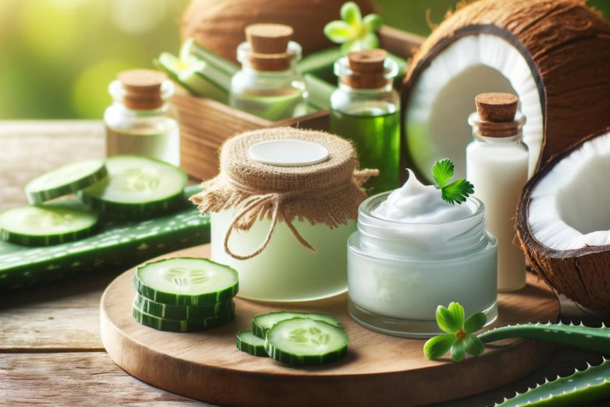
DIY Natural Beauty Treatments for Glowing Summer Skin
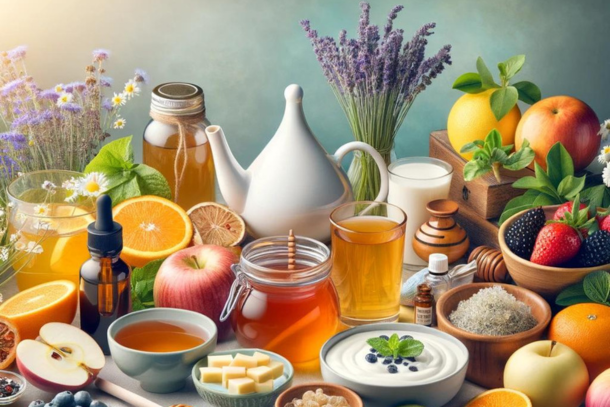
10 Natural Remedies to Combat Summer Allergies
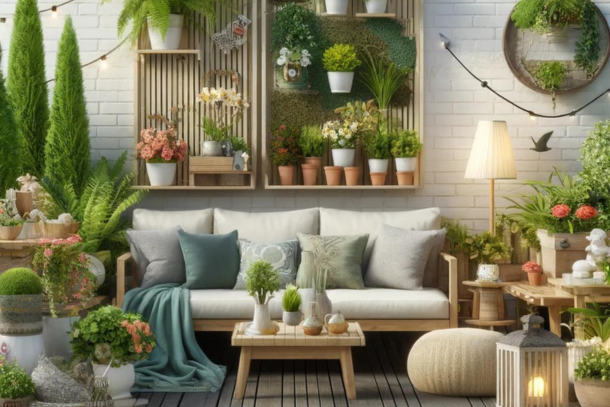
How to Create a Relaxing Outdoor Space for Summer
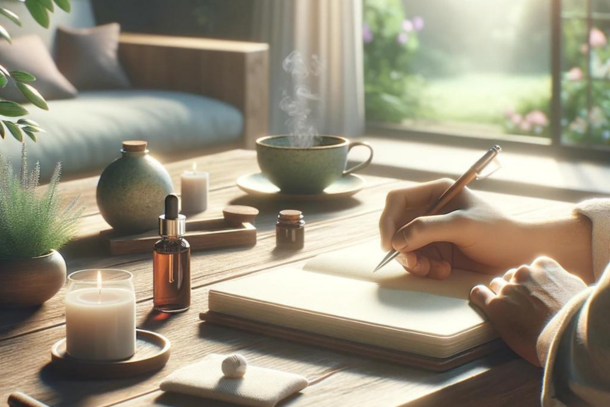
Mindfulness Techniques to Reduce Stress in Your Daily Life

Hydration and Wellness: Natural Ways to Stay Hydrated in Summer
